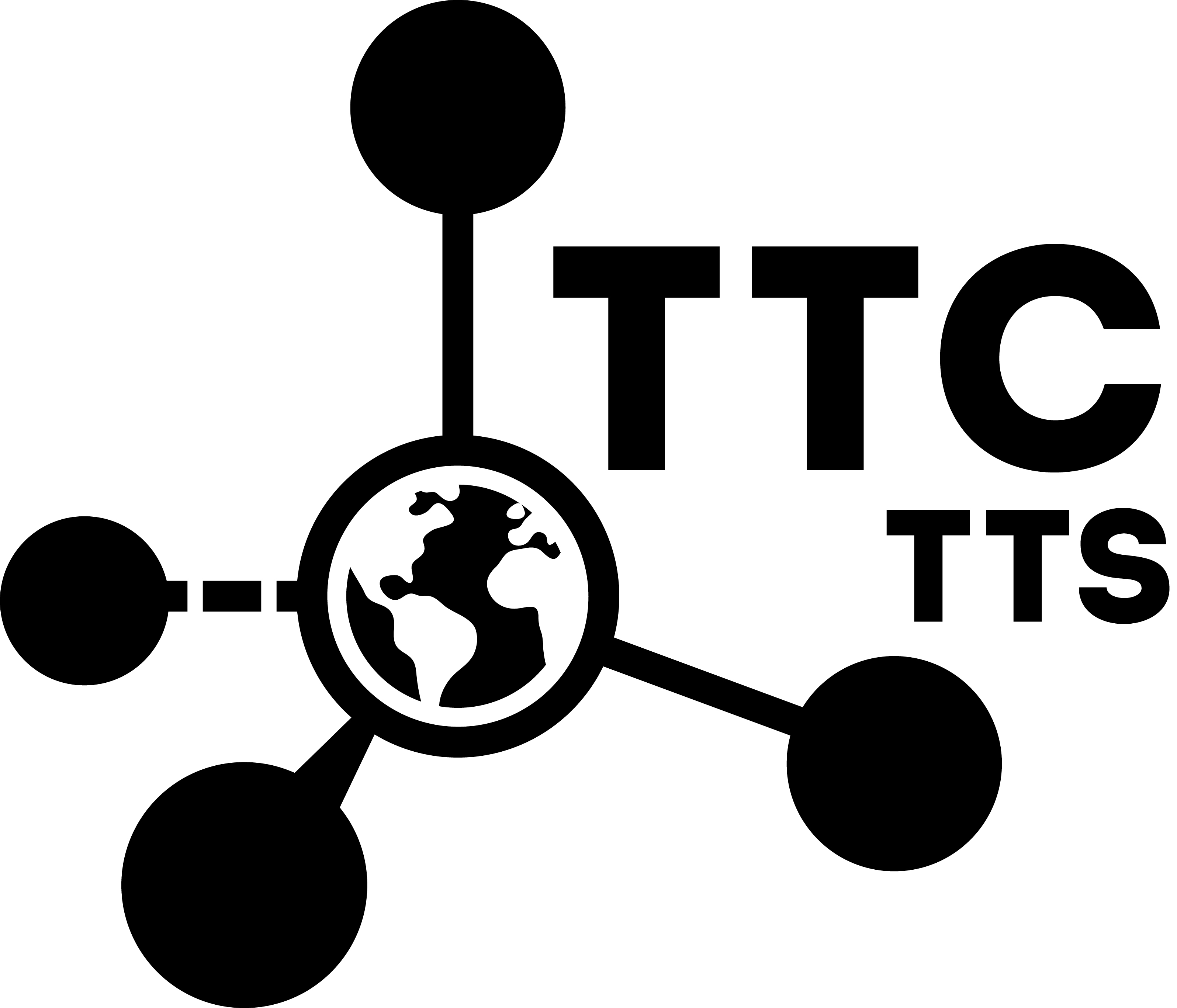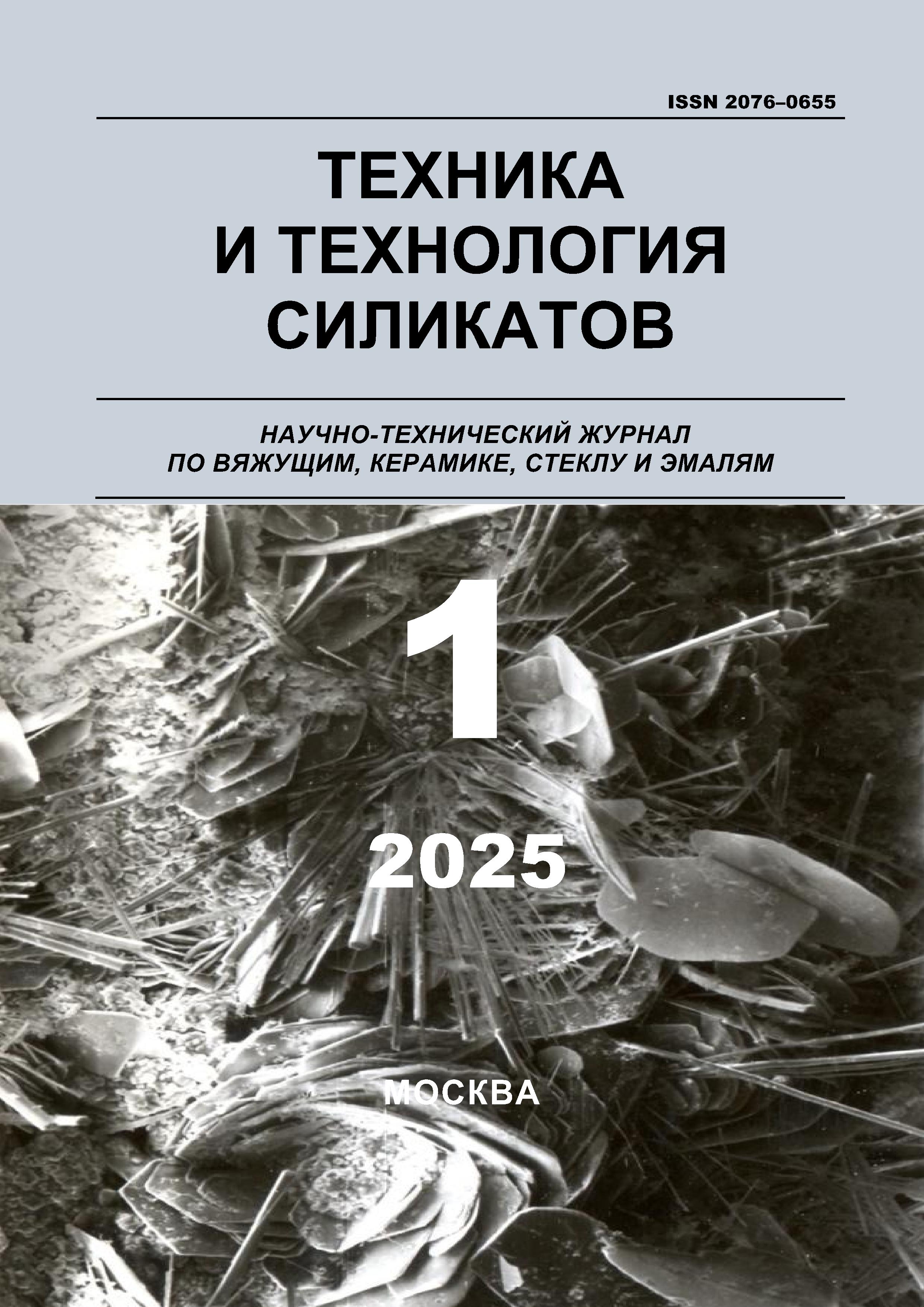graduate student
Moscow, Moscow, Russian Federation
employee
Moscow, Moscow, Russian Federation
employee
Moscow, Moscow, Russian Federation
UDC 691.54
CSCSTI 61.35
Russian Classification of Professions by Education 18.02.05
Russian Library and Bibliographic Classification 383
Russian Trade and Bibliographic Classification 60
The influence of modifier additives (six chemical compounds differing in their structure) on the properties of cements of dif-ferent mineralogical and chemical composition has been studied using the Taguchi method of multifactor experiment planning. Cements differing in the content of tricalcium silicate (3CaO·SiO2 - 68.9-72.9 %) and dicalcium silicate (2CaO·SiO2 - 8.6-11.8 %) were studied. The influence of limestone and granulated metallurgical slag as mineral additives was studied. It is shown that the Taguchi method is applicable to study the influence of various factors on the hydration and structure formation processes of cements. It was found that depending on the cement composition, chemical substances - additives modifiers act differently on the strength of cement stone. Thus, the use of triethanolamine and sodium thiocyanate to a greater extent affects the increase in early strength, and the use of triisopropanolamine and molasses affects the increase in the final strength of the studied cements. The use of combined isopropanolamines, such as diethanolizopropanolamine, combining properties from alkanolamines, affect the increase in early strength by accelerating the hydration of 3CaO·Al2O3, as well as the final strength by increasing the degree of hydration of 4CaO·Al2O3·Fe2O3, 3CaO·SiO2 and 2CaO·SiO2. The chemical compounds - modifier additives interactions between each other are shown. Optimal dosages of chemical compounds application are determined. Regression equations are obtained, thanks to which it becomes possible to calculate the strength of cements in early and final curing periods depending on the dos-ages of additives used. Due to the effect of strength increase it is possible to achieve a stable reduction of cement content in the concrete mixture, which has a positive effect on the economic and environmental components.
Taguchi method, multivariate experiment, cement, strength, hydration, alkanolamines, isopropanolamines, modifying additives
1. Ermolina L., Pronina N., Mel'nikova D. Promysh-lennost' stroitel'nyh materialov v usloviyah novoy ekono-micheskoy real'nosti. Tehnicheskie nauki. Stroitel'stvo i arhitektura. 2023. T.21. №2. S. 38-44.
2. Gan S., Yu J., Zhao W., Fan Y. Big data industry de-velopment and carbon dioxide emissions: A quasi-natural ex-periment. Journal of Cleaner Production. 2023. Vol. 422. 138590.
3. Sinkhonde D, Bezabih T. On the computational evalu-ation of carbon dioxide emissions of concrete mixes incorpo-rating waste materials: A strength-based approach. Cleaner Waste Systems. 2024. Vol. 8. 100149.
4. Harrisson A., Winter N., Taylor H. Microstructure and microchemistry of slag cement pastes // Mater Res Soc Symp Proc. 1986. P. 85–185.
5. Jianfeng W., Dongmin W., Duanle L., Guanbao T., Cheng D. The Theoretical Research on Development Direction of Cement Grinding Aids. Advanced Materials Research. 2013. Vol. 668. P. 269-273.
6. Assaad J., Issa C. Effect of clinker grinding aids on flow of cement-based materials. Cement and Concrete Re-search. 2014. Vol. 63. P. 23-31.
7. Toprak N., Benzer A., Karahan C., Zencirci E. Effects of grinding aid dosage on circuit performance and cement fineness. Construction and Building Materials. 2020. Vol. 265. P. 155-162.
8. Shakhova L., Luginina I., Cherkasov R. Intensification of Cement Grinding with Apply Grinding Aids with Modify Effect. Modern Applied Science. 2014. Vol. 8. P. 296-305.
9. Zhao J., DongminW., Xueguang W., Shucong L., Hui L. Effect of Grinding Aids on the Particles Characteristics of Ce-ment and Analysis of Action Mechanism. Advanced Materials Research. 2014. Vol. 946. P. 1404-1408.
10. Qing C., Zhendong T. Influences of composite grinding aids on grinding efficiency and performances of cement. Con-ference on Materials for Renewable Energy & Environment. 2011. 237-241.
11. Haiyan L., Yongfu Y., Yujiang W. Study on Grinding Aids of Different Organic Group. Advanced Materials Re-search. 2012. Vol. 476-478. P. 1702-1708.
12. Haoxin L., Zhengwu J., Xiaojie Y., Long Y., Guofang Z., Jianguo W., XiangYong L. Sustainable Resource Opportuni-ty for Cane Molasses: Use of Cane Molasses as a Grinding Aid in the Production of Portland Cement. Journal of Cleaner Pro-duction. 2015. Vol. 93. P. 56-64.
13. Prziwara P., Kwade A. Grinding aids for dry fine grind-ing processes – Part I: Mechanism of action and lab-scale grind-ing. Powder Technology. 2020. Vol. 375. R. 140-160.
14. Shihua H., Binghua L., Xinyong Y. Review on research of cement grinding aids and certain problems. Key Engineering Materials. 2017. Vol. 753. R. 295-299.
15. Assaad J., Issa C. Rheological properties of cement pastes containing amine- and glycol-based grinding aids. Ad-vances in Cement Research. 2015. Vol. 27. R. 28-41.
16. Yan H., Shuhua L., Qi L., Wenbin L., Mingfeng X. Influence of PCE-type GA on cement hydration performances. Construction and Building Materials. 2021. Vol. 302. R. 328-339.
17. GOST 6139 – 2004 Pesok dlya ispytaniy cementa. Tehnicheskie usloviya. – M.: Standartinform. 2004. 22s.
18. Urbanov A., Potapova E. Dobavki-modifikatory dlya povysheniya ekspluatacionnyh svoystv cementov. Himiya i himicheskaya tehnologiya v XXI veke. 2024. T1. S. 106-107.
19. Gonzalez-Panicello L., Palacios M. Influence of DEI-PA and TIPA on the hydration and microstructure of model cements. Journal of Building Engineering. 2020. Vol. 82. 108242.
20. Zhiqiang X., Weifeng L., Jinfeng S., Yueyang H. Hy-dration of Portland cement with alkanolamines by thermal analysis. Hydration of Portland cement with alkanolamines by thermal analysis. 2018. Vol. 131. P. 37-47.









